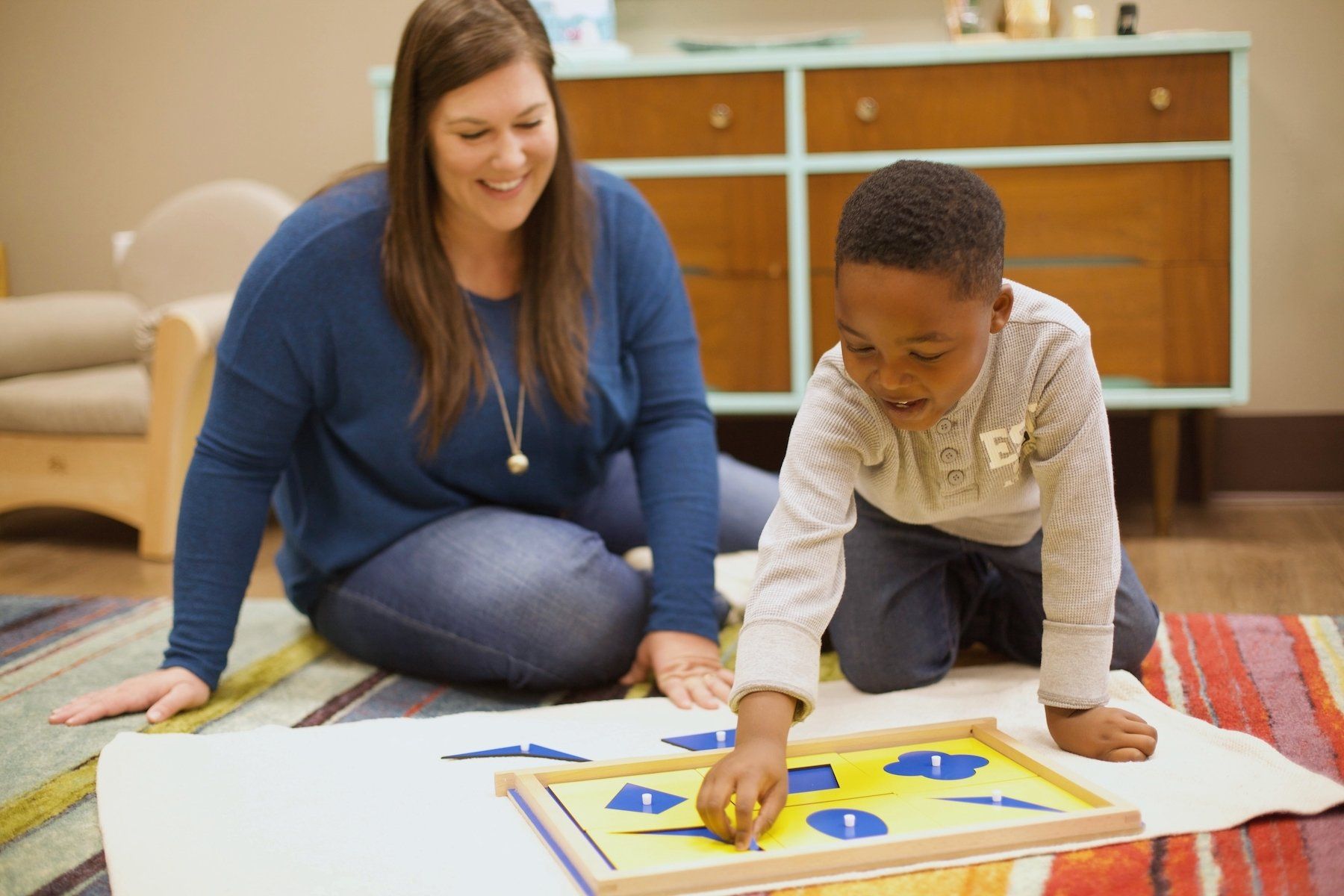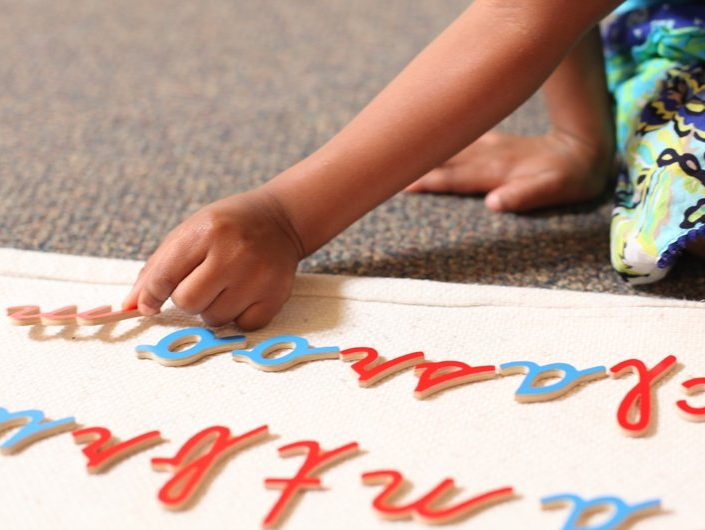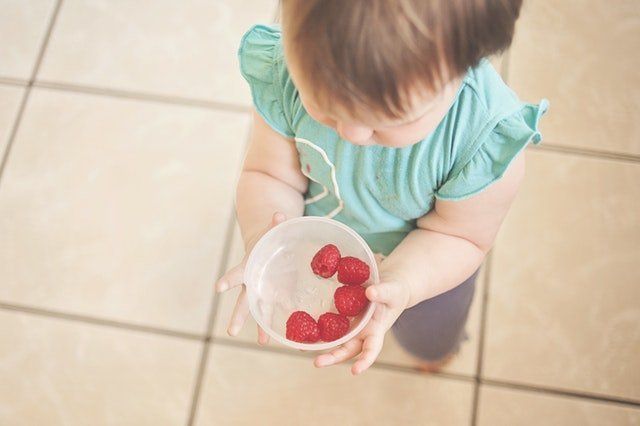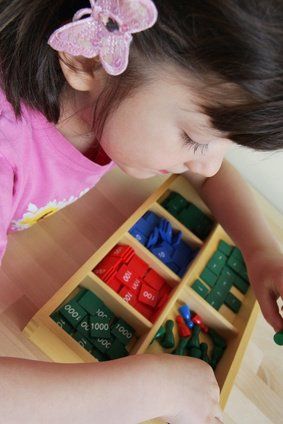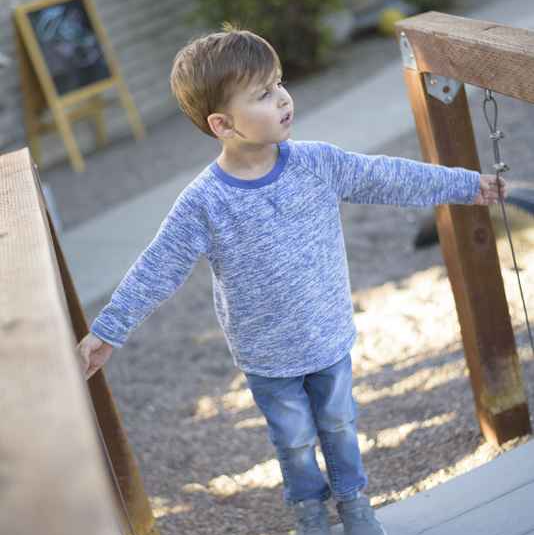By Nido Marketing
•
25 Dec, 2019
Have you ever wondered how Montessori guides teach children about language? Parents are often astounded when they observe children learning to read at a young age in our schools. What’s the secret? There’s no secret - we’re happy to share our methods! Read on to learn more about our approach, how we align our teaching with a child’snatural development, and what the progression looks like as children get older. Early Language Activities Children’s language development begins long before they enter the classroom. Dr. Montessori asserted that children from birth to age 6 were in the age of the absorbent mind . During this time they are able to learn language simply by living around others who are using language. Montessori classrooms incorporate both spoken and written language into the environment to further enrich this early learning. In our primary classrooms we teach children songs and poems so that they may hear and experience language in a fun and playful way that appeals to them. We encourage parents to do the same! Share poems from your childhood with your children and discover new ones together. Sing your favorite songs from when you were little, or enjoy kid-friendly tunes from musicians such as Raffi or Tom Chapin. Montessori guides introduce children to as much vocabulary as possible in their early years. This may start with naming objects around the classroom, but will also expand toward specialized nomenclature. Children learn the names of the continents, plant and animal names, and specific terms that apply to areas of interest. These vocabulary words are spoken and shown in written form. Writing As you may have guessed, writing starts earlier in Montessori classrooms than in many other settings. Consider the goal of writing: to visually communicate one’s ideas with others using standardized symbols. This is actually separate from the ability to hold a pencil and form strings of letters, words, and sentences on a piece of paper. Once a child has a basic understanding of most of the letter sounds, they begin to use a material called the moveable alphabet. Exactly what it sounds like, the moveable alphabet is a box containing sorted wooden letters. Children lay the letters out to write words, and eventually sentences. At this stage we do not expect children to conform to conventional spelling, but rather we allow what is often referred to as inventive spelling. “I love my mom” may look like “I luv mi mom”. Montessori classrooms use many materials to help children strengthen their finger muscles in preparation for the physical act of handwriting beginning at age 3, or arguably even earlier. Our experience has taught us that children are ready to express themselves in writing before they are ready to start writing in the traditional sense. That pencil-to-paper writing usually starts in kindergarten, though it varies with individual children. Reading One beautiful material that you have likely seen is called the sandpaper letters. The letters are used to teach both reading and writing. It’s important to note that when Montessori guides begin teaching children about letters, our focus is on the sounds the letters make and not so much their names. This means we do not teach the alphabet song, because knowing the names of letters isn’t really helpful in learning how to read. That’s not to say there is no value in such learning; it will certainly come in handy when learning to alphabetize, or when talking about letters when they are a bit older. We just want parents to know that if you want to continue the work we do in our classrooms, consider using a letter’s most commonly used sound when referring to it. An example: when a Montessori child learns to spell cat, they will say, “k-ah-t” rather than “see-ay-tee”. Object boxes are used to help children learn to read as well. A box labeled with the letter p may contain tiny toy versions of a pig, pot, pin, etc. Eventually, children are able to match the objects with label cards. Much of our reading work is done while teaching children other subjects. For example, if they are learning about mammals, they will read lots of text at their level about mammals. There are also special series of books used by many Montessorians, including Miss Rhonda’s Readers (created by a Montessori guide) and Bob Books. Guides typically prefer that families not use these same books at home. Young children are often able to memorize text, and if they have been exposed to the same books at home and school, it can be difficult for guides to have an accurate observation of the child’s true decoding skills. Check with your child’s guide if you’re curious or would like some advice on what books to read at home. Card materials are also used as children progress, allowing guides to help children isolate specific sounds and blends. One series of cards/lessons may focus on the various ways to make a long a sound. One color of cards displays words containing ai , another will contain ay , and yet another will teach children about words with the silent e . Word Study This area of study includes a wide variety of skills and begins once a child has begun to read; some of the earlier lessons are given during the final (kindergarten) year of primary, but many are given during the first two years of lower elementary. The guide will give the child a lesson teaching the skill. In the days and weeks following, children practice the skill independently using special card materials. The skills include: Classification Alphabetizing Compound words Synonyms Antonyms Prefixes Suffixes Grammar Grammar is taught early and in what we call a spiraling curriculum; that is, we circle back on the same content as the child gets older, building on previous knowledge and giving more depth to their understanding. Parts of speech are taught in a very specific order, and each one has a corresponding symbol that children use in many activities. Beginning in the final year of primary, children typically learn about nouns, articles, and verbs, as well as their corresponding symbols. This helps them to understand the core parts of our sentences and gives them an introduction to grammar in a way that appeals to them. Sometime during that final year in primary or the first year of lower elementary, children are introduced to grammar through what we call the function of words . Traditionally, a model of a farm, complete with animals, is used to guide children through the process. Again, they begin by learning that nouns are naming words, and they name each animal and feature of the farm. They then go on to learn the corresponding articles, followed by all other parts of speech, including adjectives, verbs, adverbs, pronouns, conjunctions, prepositions, and interjections. Once a child has learned the functions of words, they will move on to the Montessori grammar command cards. Knowing that children learn by doing, these cards give children specific directions to physically follow so that they may experience the words for themselves. Another classic Montessori activity involves the use of colored wooden grammar boxes. Children use cards to recreate sentences, word by word, and sort the words by various parts of speech. There are many extensions to grammar work that Montessori children enjoy. Some will write their own sentences and use colored pencils to label each word with its corresponding grammar symbol. Others enjoy using grammar strips: a material that shows a series of grammar symbols which students must use a guide to write a sentence with that particular pattern. Sentence Analysis Going beyond grammar, elementary-aged children learn to analyze sentences. This begins simply with subjects, verbs, direct, and indirect objects. As children get older and have a better grasp on language, the work extends considerably. Children in upper elementary classes learn about complex sentence structures. This includes structures like predicate adjectives and nominatives, attributive adjectives, various types of phrases and clauses, and many more. For seasoned Montessori parents: did you learn anything new from this article? New families: what do you find the most interesting, or what do you still have questions about? As always, we believe in the power of observation, and we invite you all to schedule a time to sit and observe in one of our classrooms.
